Little fish don’t get a lot of respect. People don’t have trouble with tuna or halibut, but the same people shrink away from dinky sardines and anchovies. In The Magic of Tinned Fish, Chris McDade explores the wonders of these smaller specimens of the sea, in tinned form, including mackerel, which is one of my favorite tinned fish. Although I have to say, I like them all.
Chris is the chef at Popina in Brooklyn, where I’ve eaten several times, and he courageously devoted an entire book to my favorite forms of fish. He didn’t include tuna due to sustainability issues, but not only are small fish like mackerel and sardines nutritious, they’re also more résponsible to eat than other fish, too.
(On a related note, a lot of press is given to the effects of plastic straws and other debris tossed in the oceans, but an estimated 46% of the plastic in the oceans is broken, abandoned, or purposely discarded fishing nets.)
I was intrigued by Chris’ recipe for spicy mackerel cakes because I keep tins of mackerel on hand for a quick lunch. I like eating the fillets on buttered dark bread, but they’re also delicious (and easy, and inexpensive) for lunch, with a salad.
Most of us are familiar with crab cakes, which are good but costly and can be labor-intensive to make. And controversial, as I recently found out while reading an article in the NYT (unlocked) about an 89-year-old Black woman, Emily Meggett, who dedicated her life to cooking and feeding others. And friends finally convinced the octogenarian to compile them all in a cookbook. As Kim Severson wrote in her profile:
“In Mrs. Meggett’s kitchen, abundance is not a prerequisite for sharing. It’s a rare day that she doesn’t deliver food to someone who needs a little love. If her side door is open, it’s a signal: She has some food ready.”
It takes a tough nut to have a beef with someone like Mrs. Meggett, but the comments section quickly filled with Wendy Whiners and Debbie Downers…
…objecting to some of the ingredients in her recipe. I don’t know about you, but someone who’s lived 89 years, and still continues to cook and bake for others in her community, can cook whatever—and however—the heck she darn well pleases.
Now that I’ve gotten that off my chest, I’d like to talk about something I got into my tummy: these spiced mackerel cakes. They ended up leaning into their spicy side a little more than I imagined. But unlike crab, mackerel is stronger-tasting, so the spiciness stands up to that.
Spicy can be different things; it can mean something is spiced with spices, like cinnamon, cloves, or allspice, or it can mean it’s hot. And in the case of gochujang, Korean fermented pepper paste, it’s got heat but that’s tempered with some sweetness via sticky rice blended in. It tends to blend in, rather than overwhelm, as spicy Scotch Bonnet chile sauce or even Tabasco sauce can do. For those who want bragging rights, yes, you can make it yourself, or you can buy it in tubs in Asian food stores, as I do.
As mentioned, these were zestier than anticipated, which wasn’t a problem at all. Even Romain, who is French (although is used to spicy food now), thought the spiciness level was spot-on. So it shouldn’t be too much for you, but you’re welcome to use less, or swap out another hot sauce, or leave it out.
I didn’t find the recipe made anywhere near “6 large patties.” I live in France, where “large” definitely is different from in the States, especially when it comes to food. Although that’s changing with things like the XXL French “tacos” (a single one is spelled purposely with an “s” for some reason) that clock in at 5 1/2 pounds, or 2.5kg, each.
On the other hand, the cabbage salad also called for a very small amount of cabbage so I upped the recipe. The tangy salad was the perfect counterpoint to the moist, crispy-fried mackerel cakes.
Spicy Mackerel Cakes
4 servings
Tinned mackerel comes in different sizes in France (some are 110 grams, others are 176 grams) than in the U.S. and elsewhere, where they tend to be around 4 ounces, or around 115-125 grams.
The exact amount isn’t urgent or important enough to fret about, but whatever size tins are available where you are, use between 170 and 190 grams (6-7 ounces) of drained mackerel total for this recipe. When shopping, you should be fine with two tins of mackerel, although if in doubt, you might want to pick up a third just in case.
Gochujang, which was called for in the original recipe, is Korean chile paste. It can vary but is usually moderately spicy and a little sweet. You can substitute another chile paste or sauce but perhaps use less, depending on your preference for spiciness. You can also use a dusting of cayenne pepper, or leave it out.
And if you don’t like cilantro, parsley or chives are a good substitute. Although the original recipe called for panko, which I used, other types of breadcrumbs could likely take its place.
For the mackerel cakes
6-7 ounces (170-190g) drained boneless tinned mackerel (patted dry with a paper towel) — see headnote
2 large eggs
2 medium cloves garlic, peeled and minced
1 tablespoon grated or minced fresh ginger (peeled)
1 tablespoon gochujang
1/3 cup (35g) minced scallions or chives
3 tablespoons finely chopped cilantro (leaves and tender stems)
3 tablespoons (8g) panko, Japanese bread crumbs
1 teaspoon flaky sea salt or kosher salt (Diamond crystal)
For the cabbage salad
4 cups (250g) shredded cabbage
1/4 cup plain yogurt
3 tablespoons freshly squeezed lime juice
1/3 cup (35g) finely minced scallion greens (the tender parts) or chives
1/3 cup (30g) finely chopped cilantro (leaves and tender stems)
3/4 teaspoon flaky sea salt or kosher salt (Diamond crystal)
1/4 to 1/2 teaspoon sugar, optional
For preparing and serving
2 tablespoons neutral vegetable oil
Gochujang
Minced chives or cilantro
Lime wedges
To make the mackerel cakes, place the drained mackerel fillets in a medium bowl and flake them with a fork. Mix in the eggs, then the garlic, ginger, gochujang, scallions, cilantro, bread crumbs, and salt. Divide the mixture into four equal portions. Line a plate with parchment paper or plastic wrap and shape each portion into a patty. Refrigerate uncovered until ready to cook.
To make the cabbage salad, in a medium serving bowl, mix together the cabbage, yogurt, lime juice, scallion greens, cilantro, salt, and sugar, if using. Taste and add additional salt, if desired.
To cook the mackerel cakes, heat the oil in a skillet that can hold all the mackerel cakes on a single layer. (They can also be pan-fried in batches if you don’t have a pan large enough.) When the oil is shimmering hot, carefully slide in the mackerel cakes so they don’t break apart. Fry until dark and crisp on the bottom, about 2-3 minutes, then carefully turn over and fry them on the other side.
Serving: Serve warm with the cabbage salad, an extra dollop of gochujang or another chile sauce, and lime wedges alongside.
Print version of the recipe here: Spicy Mackerel Cakes.
A number of you have asked about a print option for recipes. At the moment, Substack doesn’t have an option for printing documents or recipes within newsletters, although I’ve put in a request for them to consider adding that feature. For the time being, I’m using Dropbox, which is rather unwieldy, until a better solution is found. I’m trying to spend less time battling technology and focus on writing stories and sharing recipes in the newsletter!😊 So thanks for your understanding.
For those who want to print recipes, some other options are:
You can highlight the recipe, and cut & paste the recipe into a Word document (or something similar, such as Pages or Google Docs) and print it, or take a screenshot with your phone or computer and print that out.
You can put the URL into a “print” website, such as Print What You Like.
If you’re on a Mac, go to File>Print then scroll to the page you want to print, and print it out. (Thanks to the reader who let me know about that!)
Pepperplate and Paprika are two apps that allow you to save recipes as well. I’ve not used either but know they are popular with people who collect recipes.
Hope one of those solutions helps! - dl





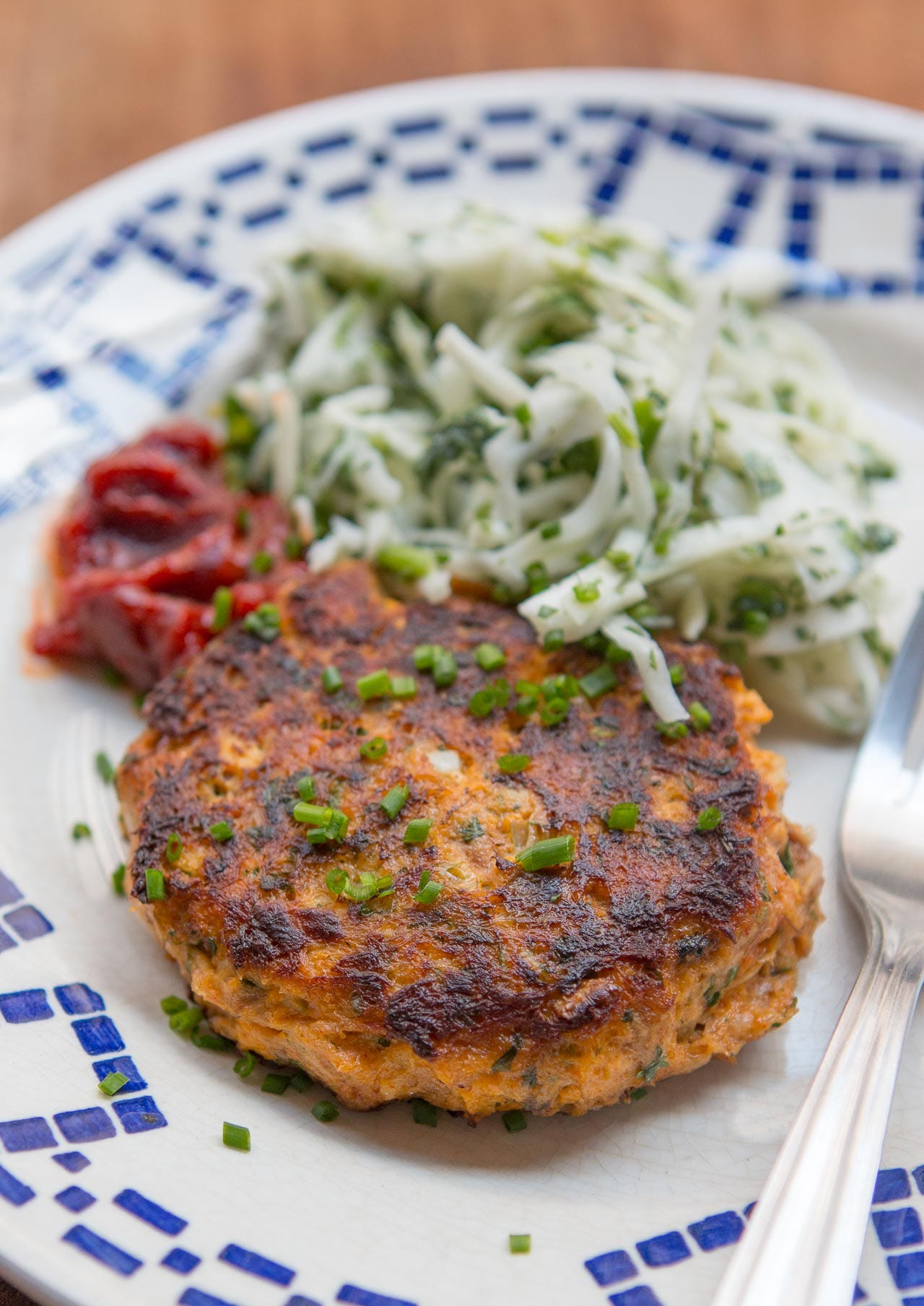
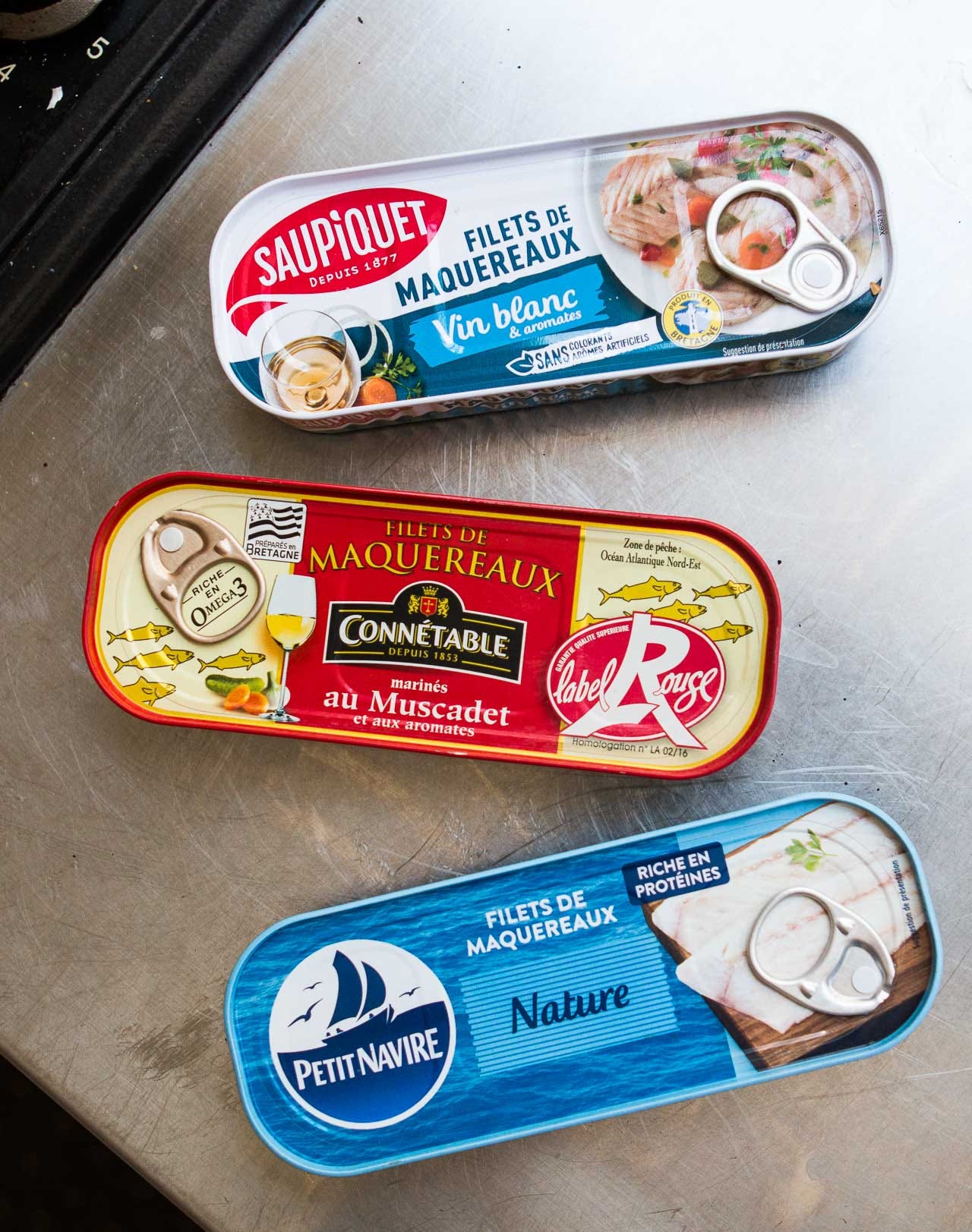
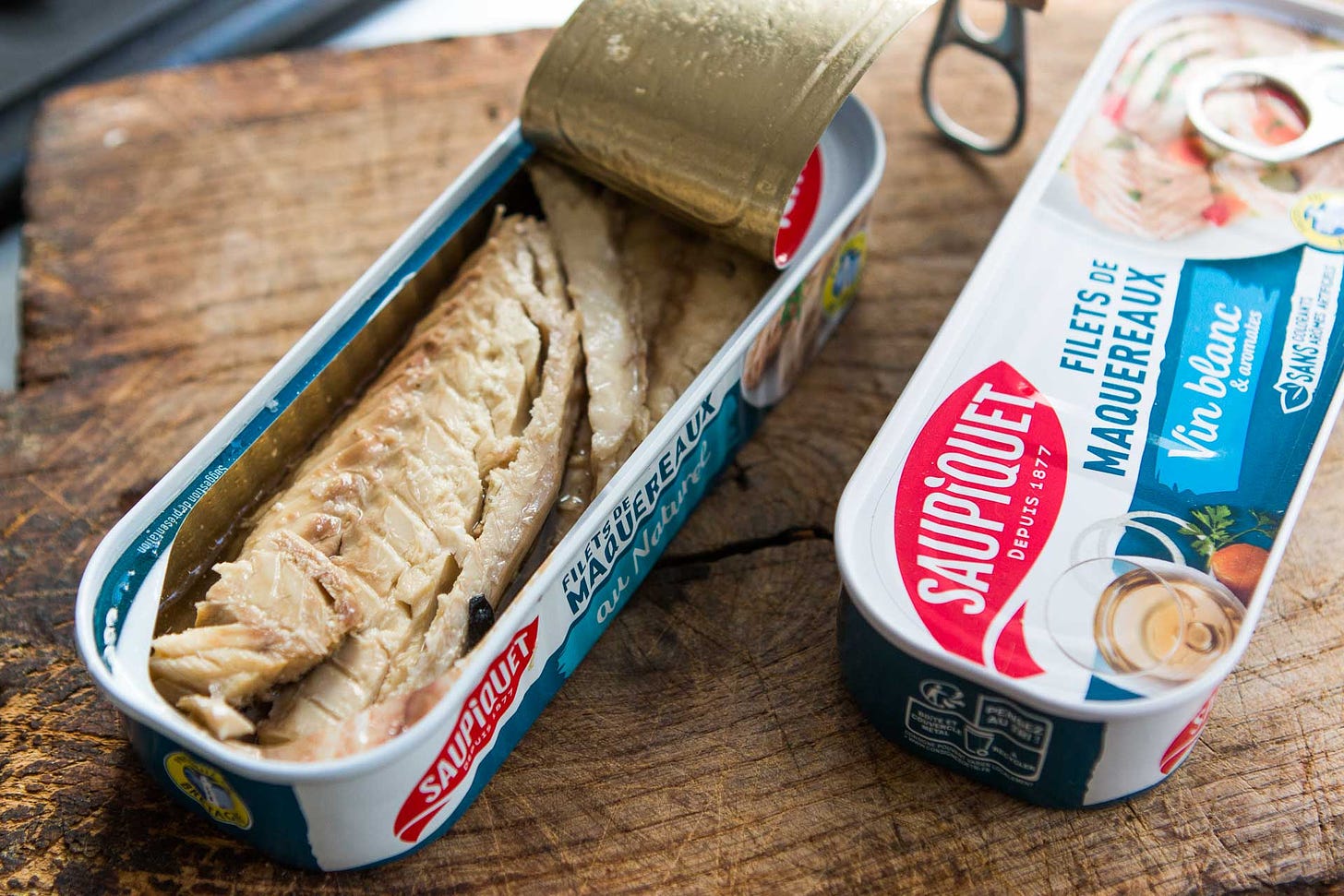
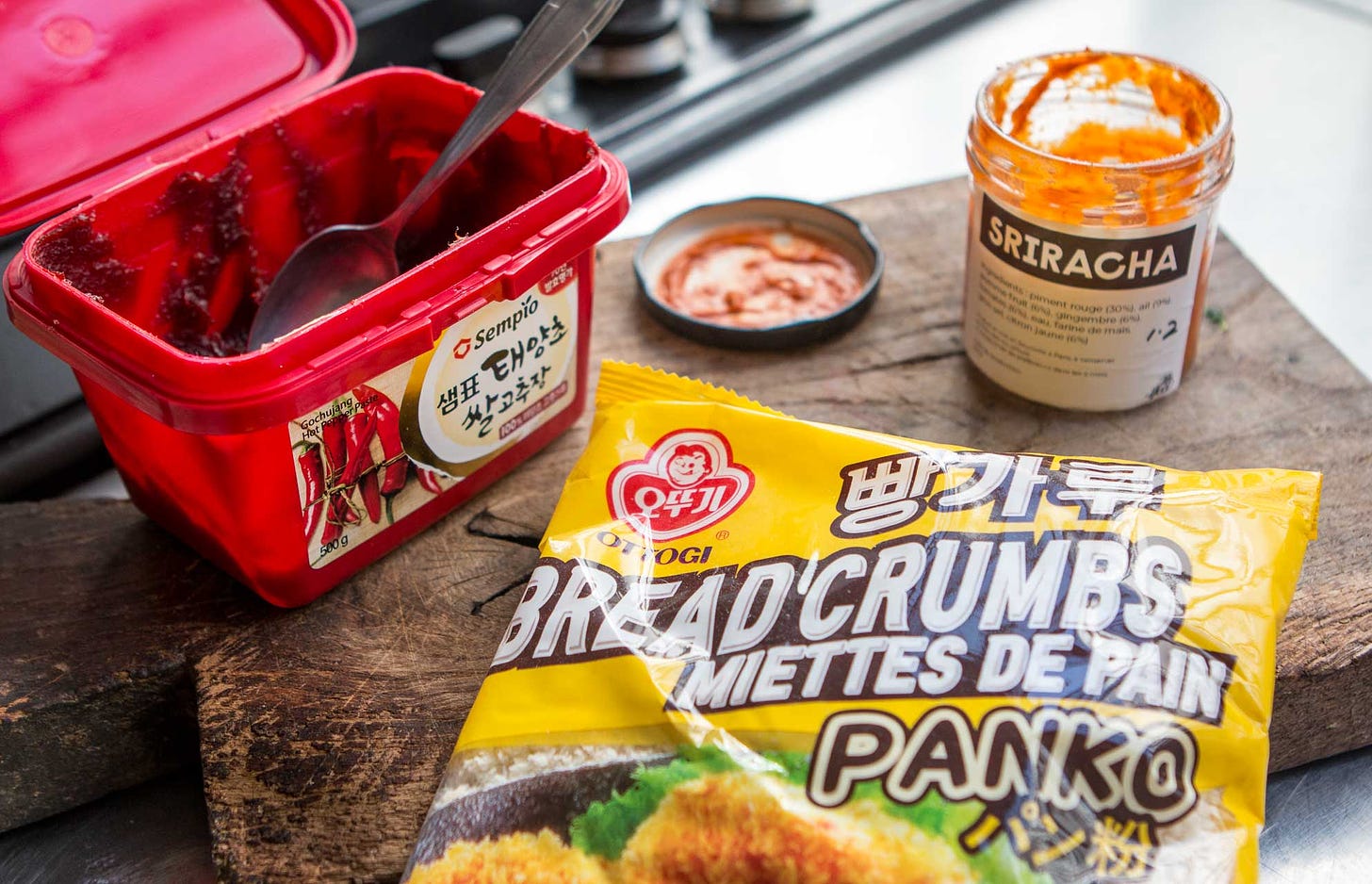

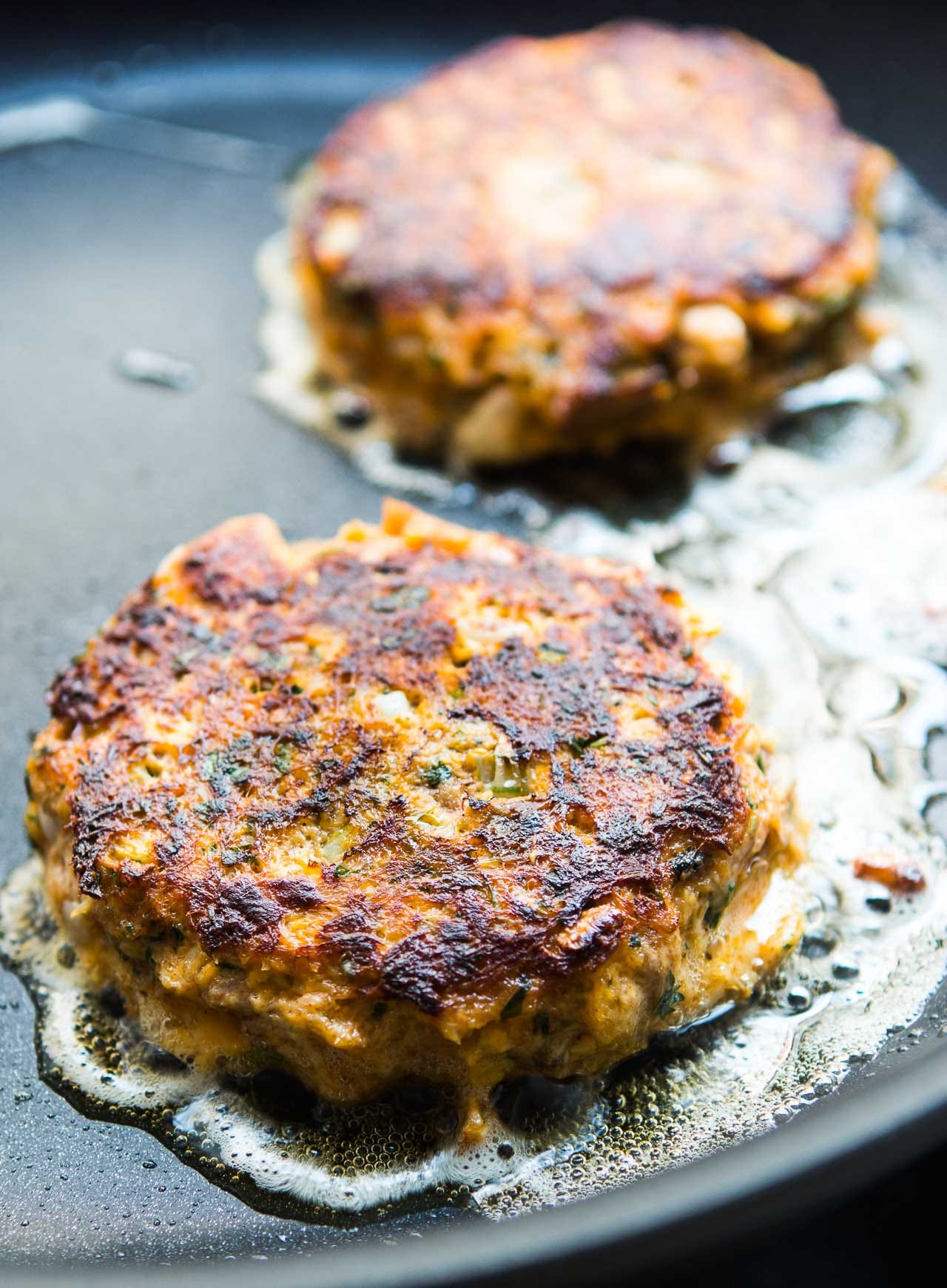
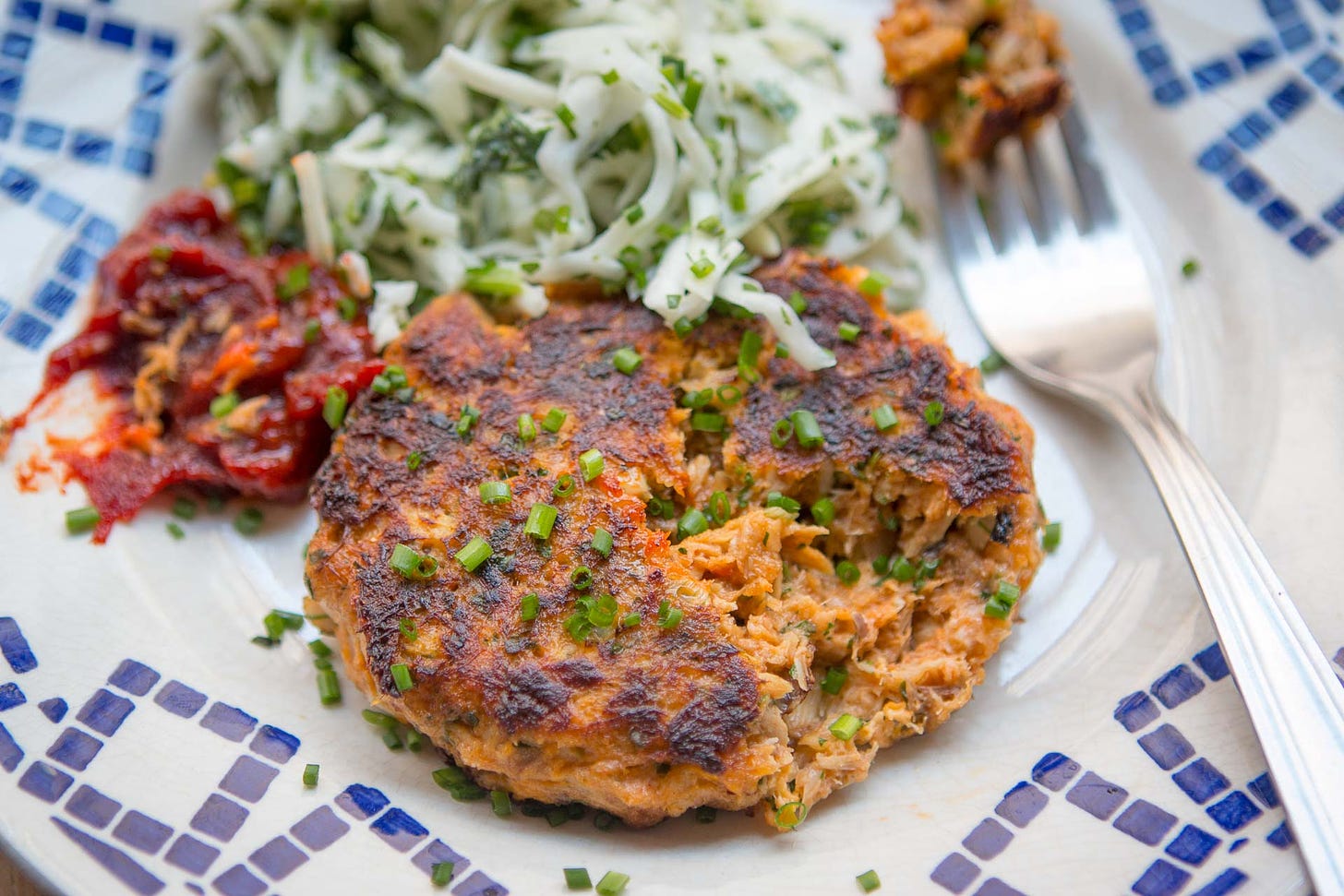




Just made this and it is very good and quite easy to make. Excellent with the slaw. Will add a bit more heat next batch. I just dropped my mixture directly into the hot oil...as I was starving (the cats were going nuts too), and it all stayed together great. Cats not happy to just get canned cat food though.
I am korean and my husband is Jewish. He was brought up strictly Kosher but learned to love simply grilled salted mackerel.
Not as popular as pork based kimchi stew but canned mackerel kimchi stew is quite popular in Korea as well especially when camping out.
I don't think mackerel patties are as popular as canned tuna patties but I'd love to try this recipe.
BTW, US government lifted the requirements for covid test when traveling back to US. So happy as I am heading to Paris and Corsica in about 2 weeks. :)